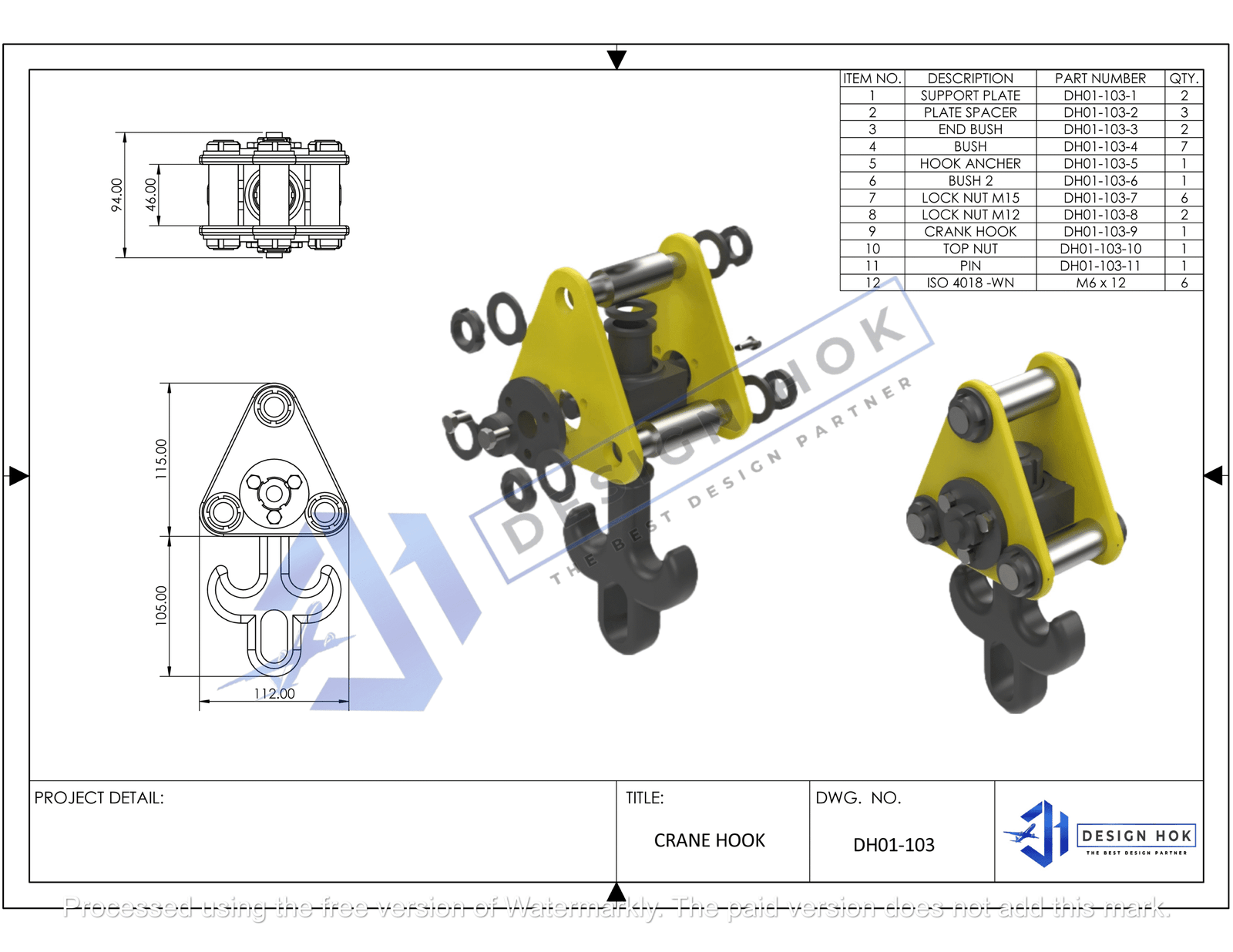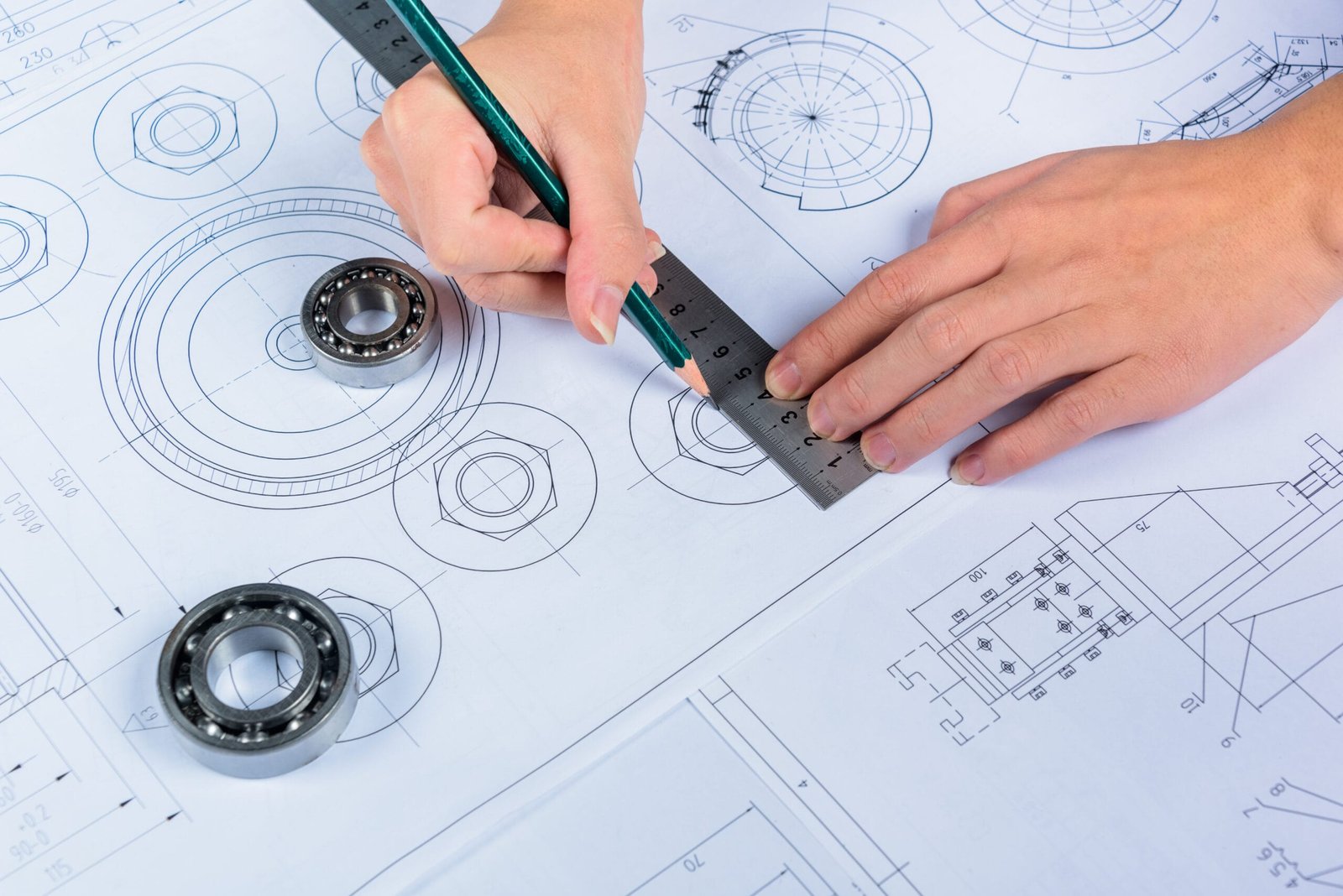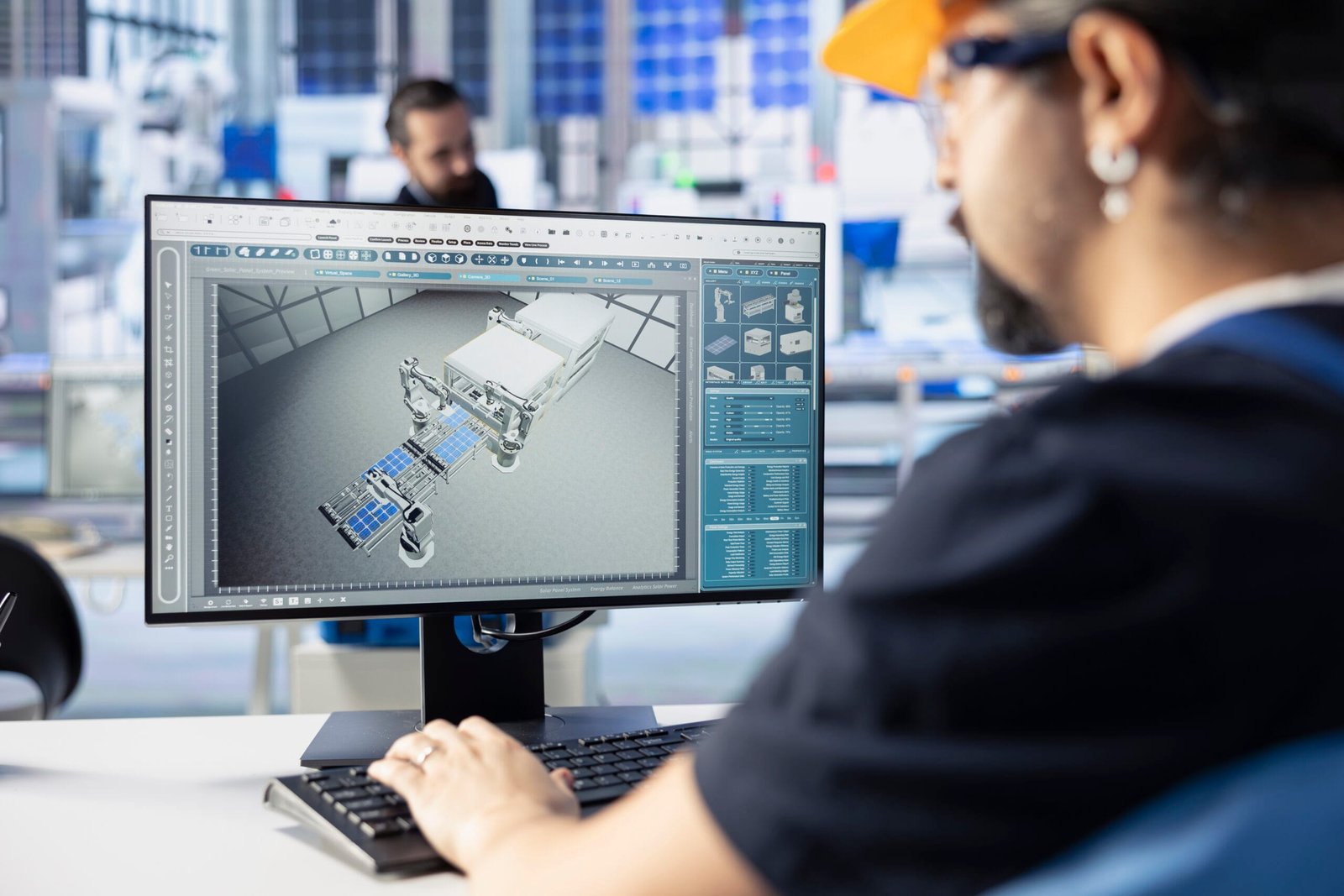Introduction to AS 9100 Design Process Compliance
AS 9100 design process compliance is crucial for organizations operating within the aerospace sector. Ensuring your design processes align with AS 9100 standards not only enhances product quality and reliability but also positions your company competitively within global aerospace markets. This article comprehensively explores what AS 9100 compliance entails, its significance, implementation steps, best practices, and how leveraging holistic SEO can improve your compliance strategy visibility online.
Understanding AS 9100 Design Process Compliance
What is AS 9100 Design Process Compliance?
AS 9100 is a widely recognized Quality Management System (QMS) standard specifically designed for aerospace industries. Developed by the International Aerospace Quality Group (IAQG), this standard emphasizes continual improvement, defect prevention, and customer satisfaction by standardizing design and manufacturing processes.
Importance of AS 9100 Design Process Compliance
Achieving AS 9100 compliance assures your customers and stakeholders of the reliability and quality of your aerospace products. It significantly reduces risks associated with product failures, improves process efficiency, and ensures regulatory compliance across international markets.
Key Elements of AS 9100 Design Process Compliance
Robust Design Planning
Effective design planning is foundational. AS 9100 requires thorough documentation of every phase, from conceptualization through final implementation. This process includes risk assessment, resource allocation, timelines, and design validation criteria.
Risk Management Integration
Integrating proactive risk management practices throughout the design process is essential. AS 9100 compliance requires rigorous identification, assessment, and mitigation of risks to ensure product safety and reliability.
Documentation and Record Keeping
Maintaining detailed, traceable records is fundamental to AS 9100 compliance. Documentation includes design revisions, test outcomes, risk assessments, and verification and validation activities. Robust record-keeping supports audit preparedness and demonstrates compliance during certification audits.
Steps for Implementing AS 9100 Design Process Compliance
1. Gap Analysis
Conduct an initial audit to assess current design practices against AS 9100 requirements. Identify areas of non-compliance and plan targeted improvements.
2. Training and Awareness
Provide comprehensive training to your design and engineering teams. Understanding compliance requirements ensures consistency and commitment throughout the design lifecycle.
3. Develop and Implement Processes
Develop detailed procedures and workflows aligning with AS 9100 standards. Implementation should cover each aspect, including design inputs, reviews, verification, validation, and outputs.
4. Continuous Monitoring and Improvement
Regular monitoring and internal audits ensure ongoing compliance and facilitate continuous improvement. Implement feedback loops for process optimization.
5. Certification Audit Preparation
Engage an accredited certification body to conduct the formal AS 9100 compliance audit. Preparation involves thorough documentation review, team readiness, and evidence presentation.
Best Practices for AS 9100 Design Process Compliance
Standardized Procedures
Ensure standard operating procedures (SOPs) are clearly defined, documented, and accessible to all relevant teams. Standardization reduces variability and improves compliance adherence.
Integrated Software Solutions
Utilize advanced software solutions to streamline design processes, document management, and compliance tracking. Digital tools facilitate real-time collaboration, risk management, and regulatory adherence.
Supplier Management
Evaluate and select suppliers based on their compliance with AS 9100 standards. Establish rigorous supplier audits and assessments to maintain consistency across your supply chain.
Employee Engagement
Encourage active participation from employees at all organizational levels. A culture of quality and compliance enhances team accountability and fosters continual improvement.
Leveraging Holistic SEO for AS 9100 Compliance Visibility
Geo-targeted Optimization (GEO)
Optimize your content and online presence for location-specific searches. Highlight regional aerospace compliance standards and certifications relevant to your target markets, enhancing local search visibility.
Answer Engine Optimization (AEO)
Craft content that directly answers common questions related to AS 9100 compliance. Position your brand as an authoritative resource through concise, informative responses to queries like “What is AS 9100 compliance?” or “How to achieve AS 9100 certification?”
Advanced Linguistic Optimization (ALO)
Utilize natural language processing (NLP) techniques to create easily indexable content. Incorporate semantically related keywords and structured data to improve search engine understanding of your compliance content.
Search Experience Optimization (SXO)
Enhance user experience by structuring your content clearly with proper heading tags, bulleted lists, and straightforward navigation. Providing a seamless user experience increases dwell time and reduces bounce rates, positively influencing your search rankings.
FAQs on AS 9100 Design Process Compliance
What are the key requirements of AS 9100?
AS 9100 requires rigorous design control, risk management, detailed documentation, process standardization, and continual improvement to ensure quality and compliance in aerospace manufacturing and design.
How long does AS 9100 certification take?
Typically, achieving AS 9100 certification can take between 6 to 12 months, depending on your organization’s size, preparedness level, and existing processes.
Is AS 9100 compliance mandatory?
While not legally mandatory, most aerospace customers require AS 9100 certification from their suppliers. Compliance significantly enhances market opportunities and operational credibility.
How often do organizations undergo AS 9100 audits?
Certified organizations typically undergo surveillance audits annually and a full recertification audit every three years to maintain compliance and certification status.
Conclusion
Achieving AS 9100 design process compliance is a strategic imperative for aerospace industry stakeholders. Compliance ensures product excellence, regulatory alignment, and enhanced market credibility. By integrating holistic SEO approaches—GEO, ALO, AEO, and SXO—you not only strengthen your compliance posture but also significantly boost your brand visibility and credibility online.





